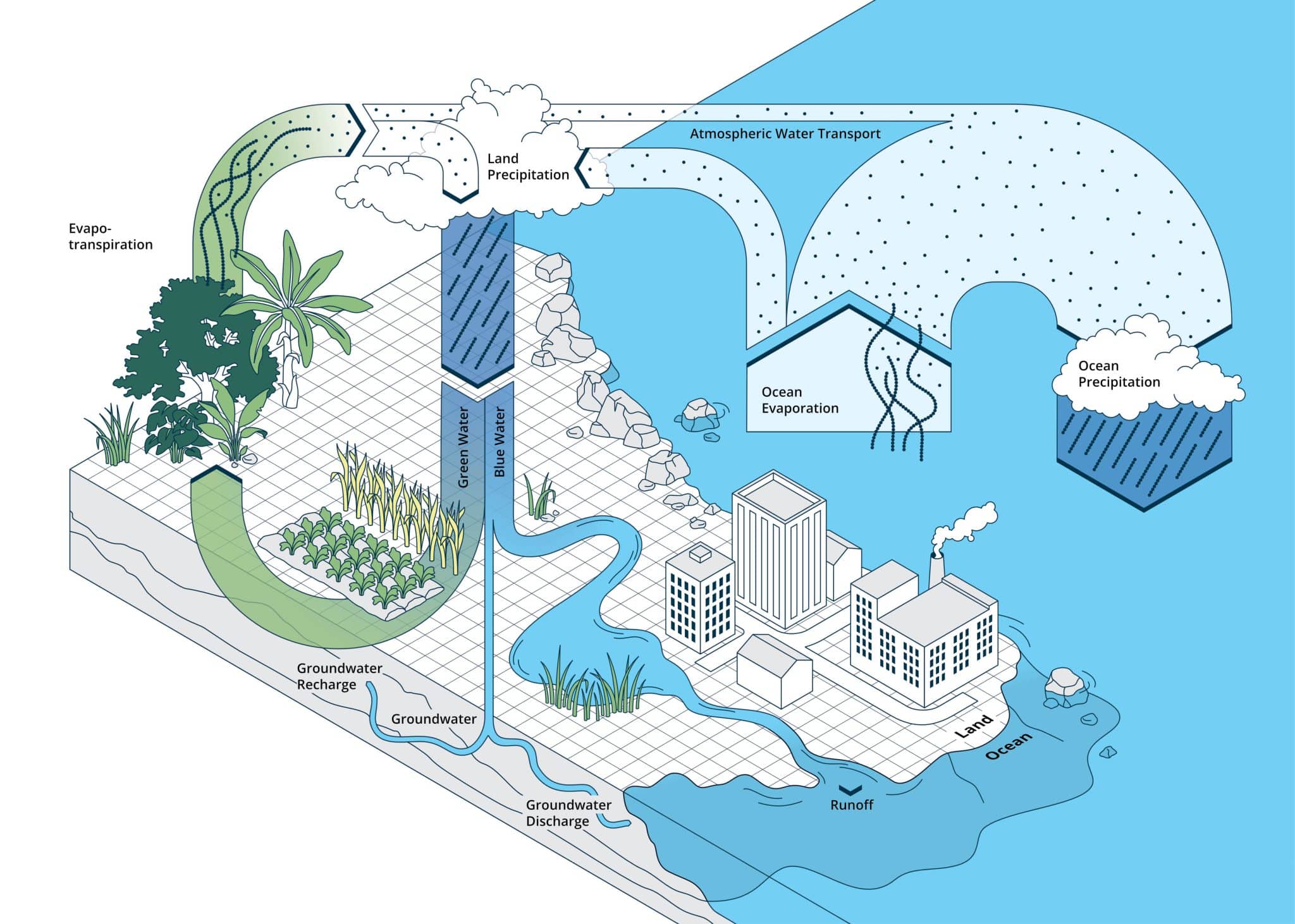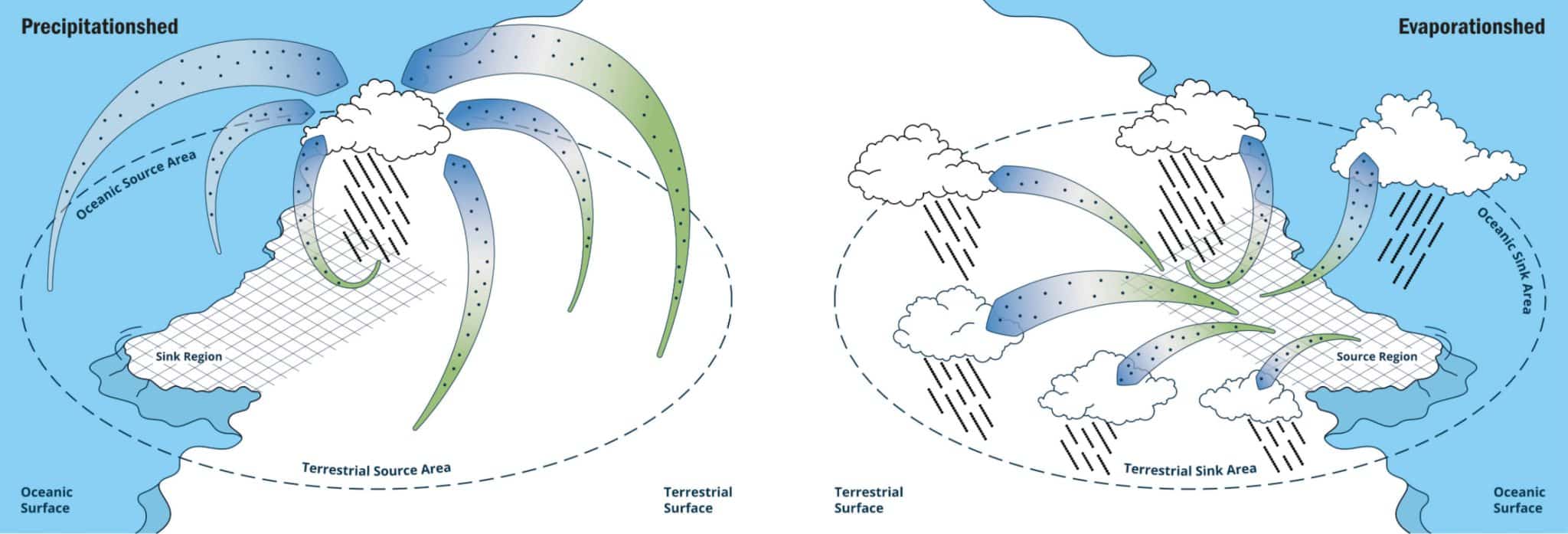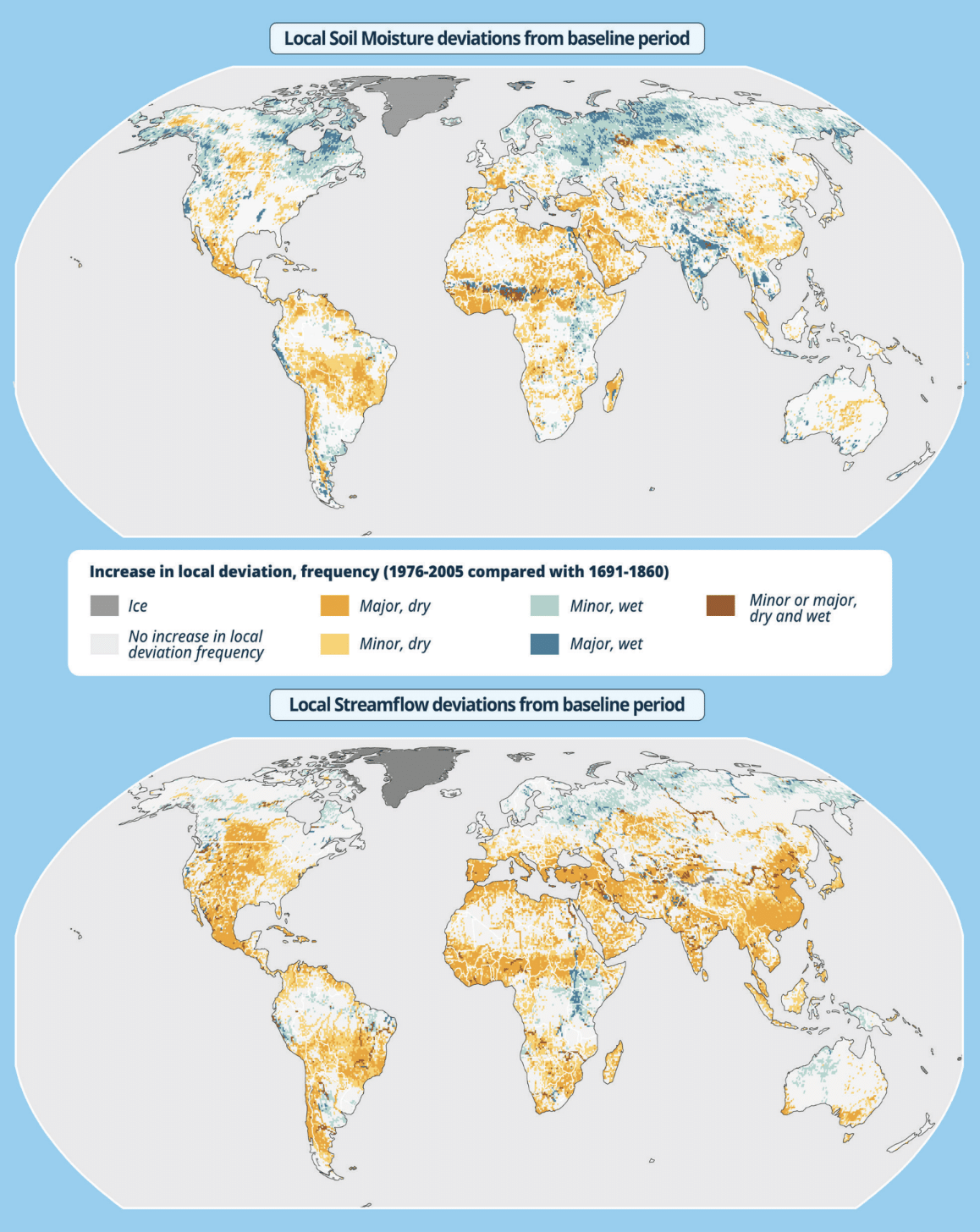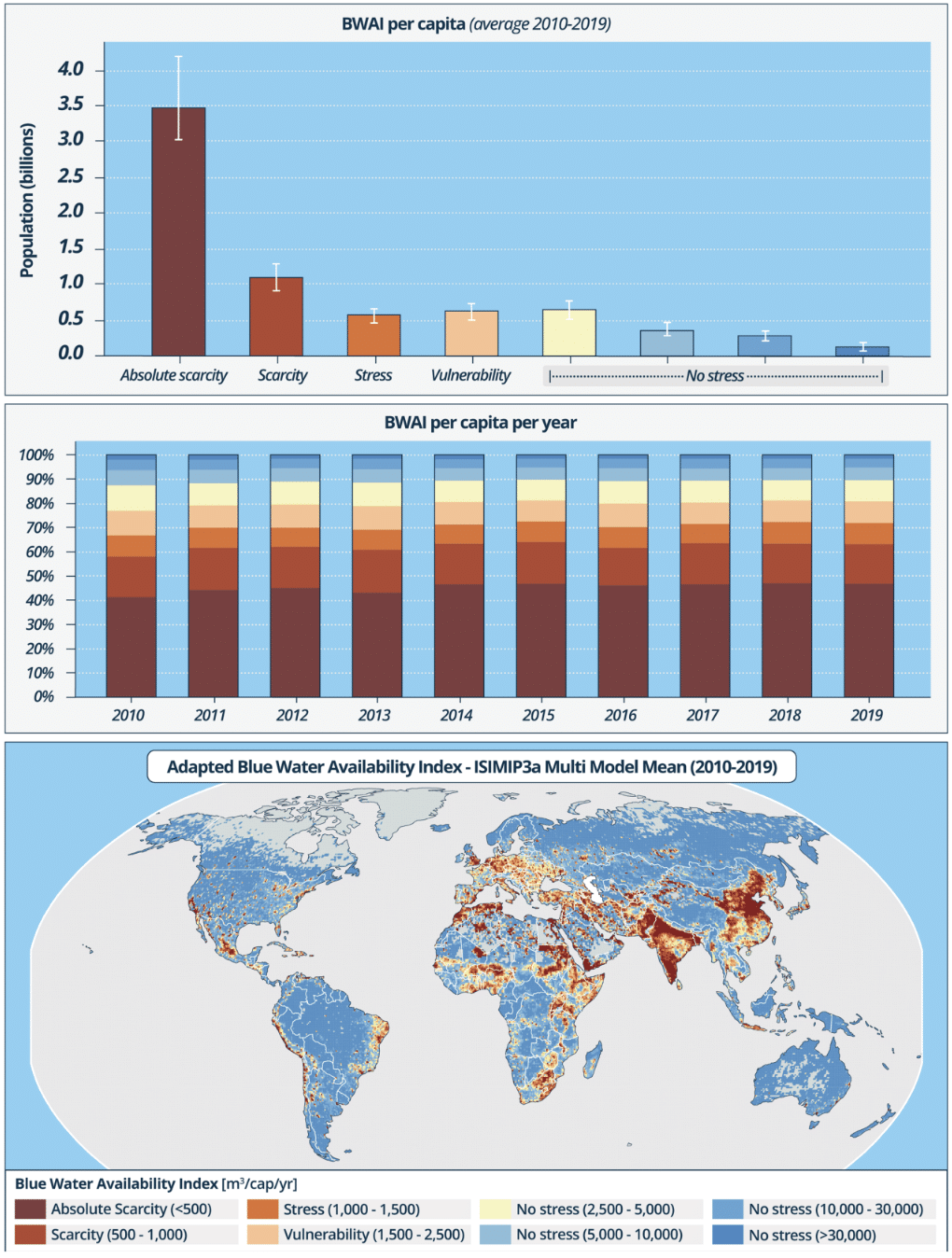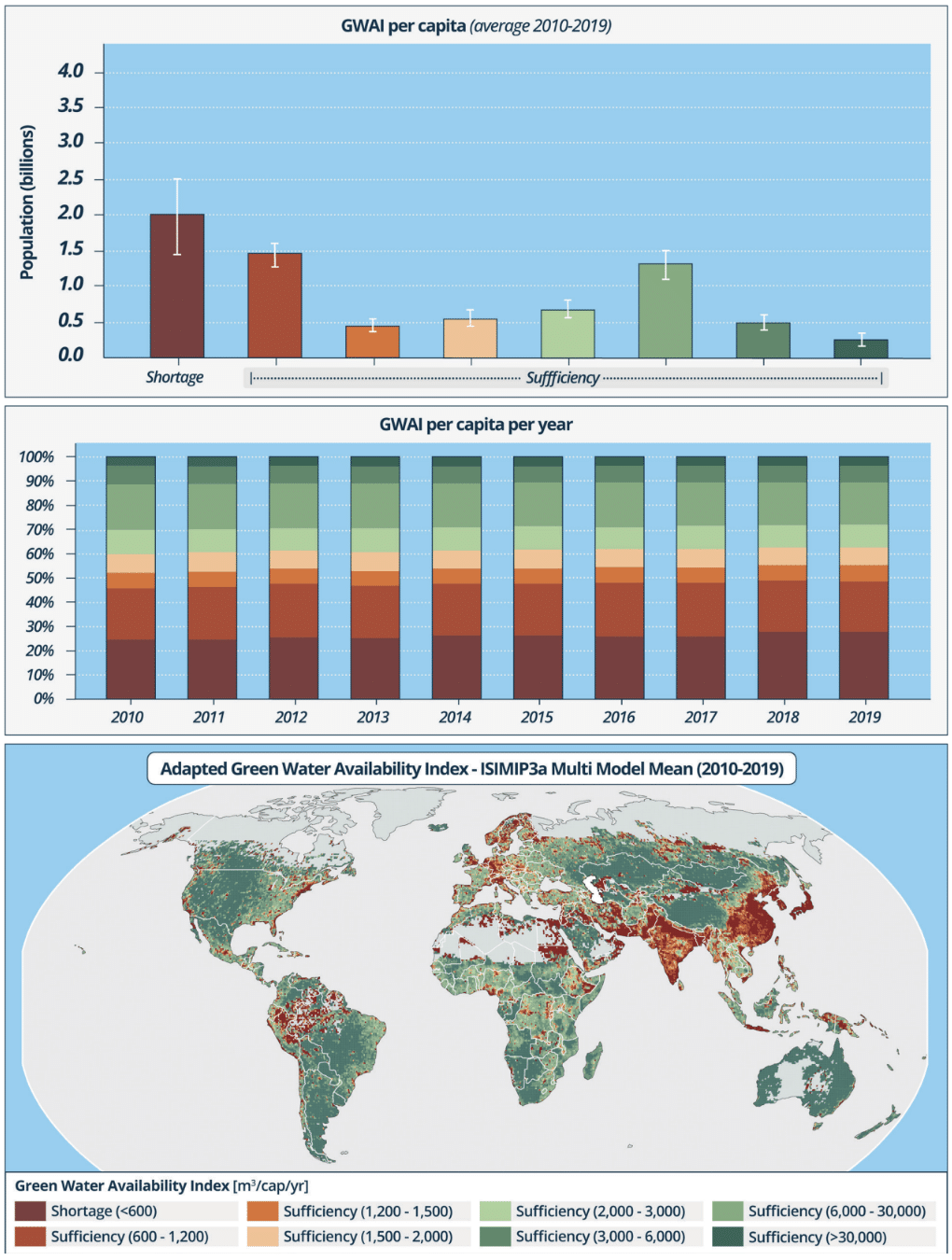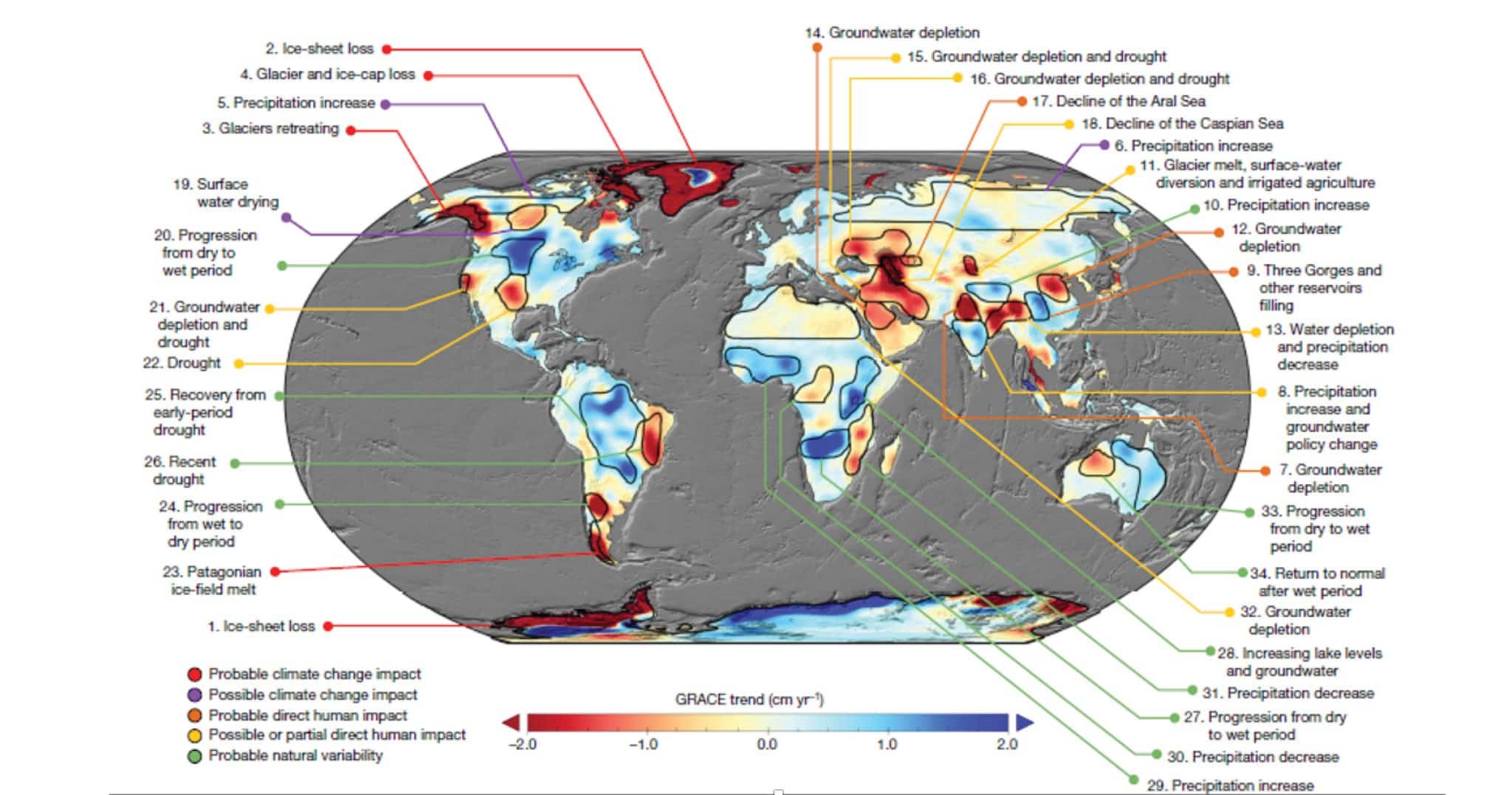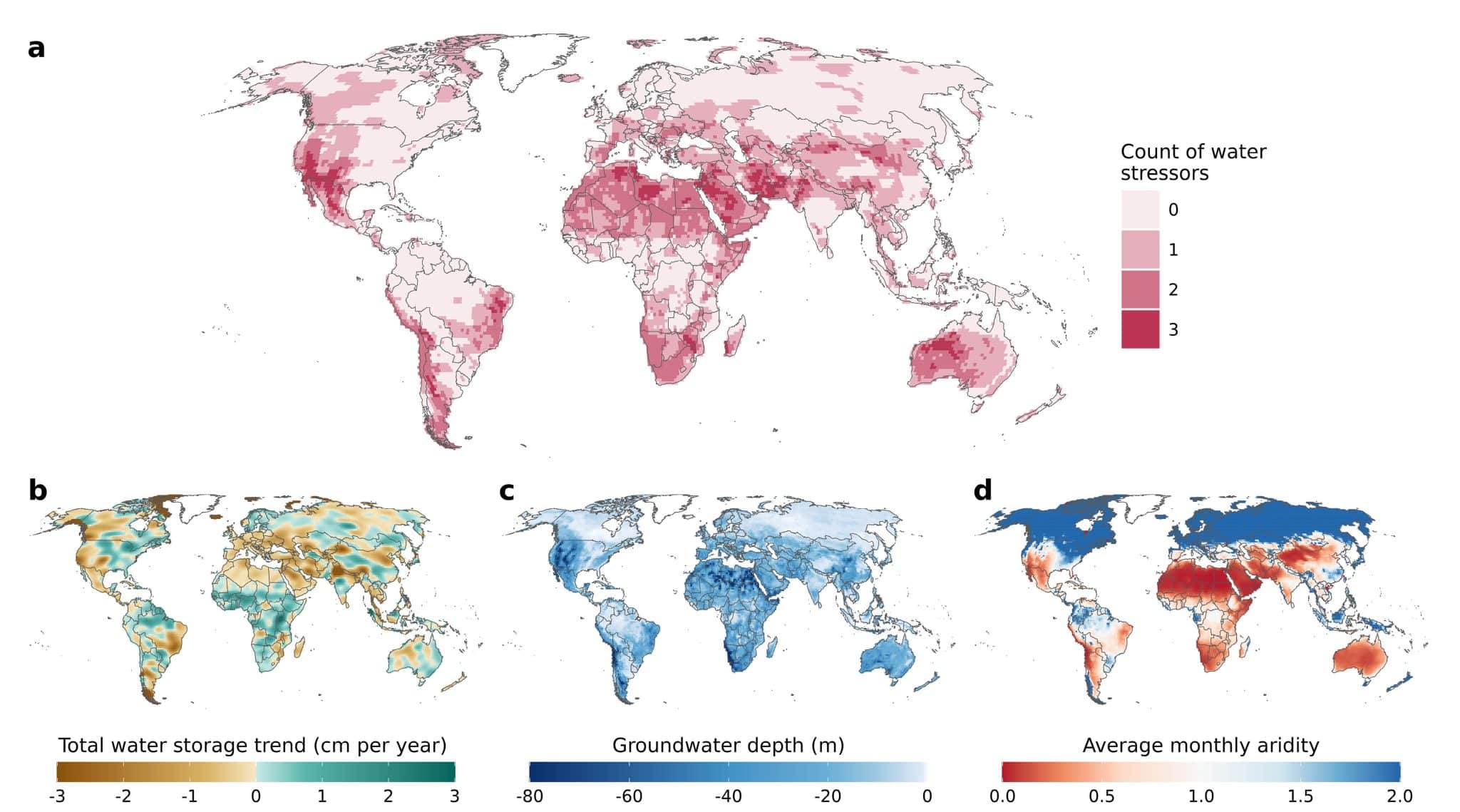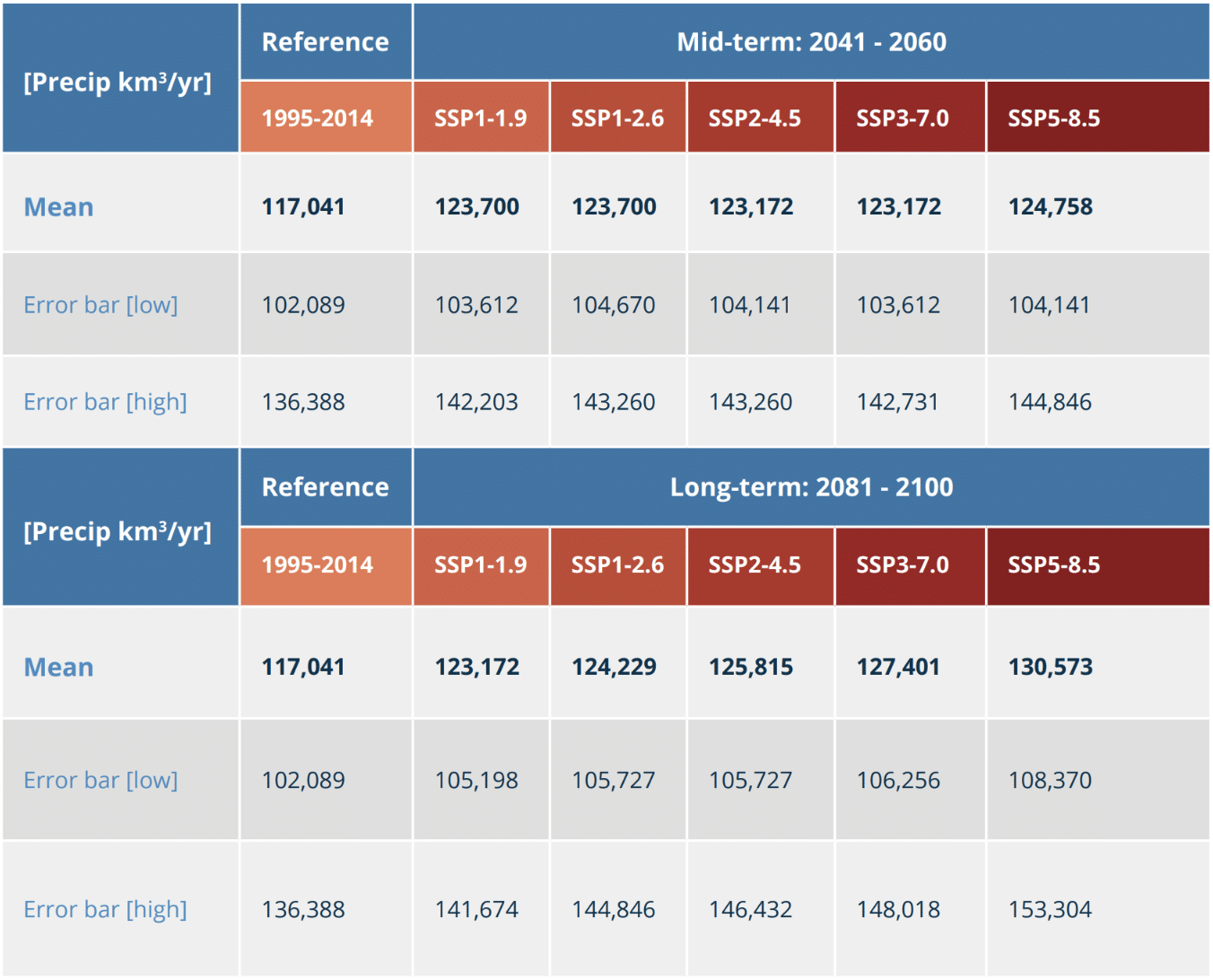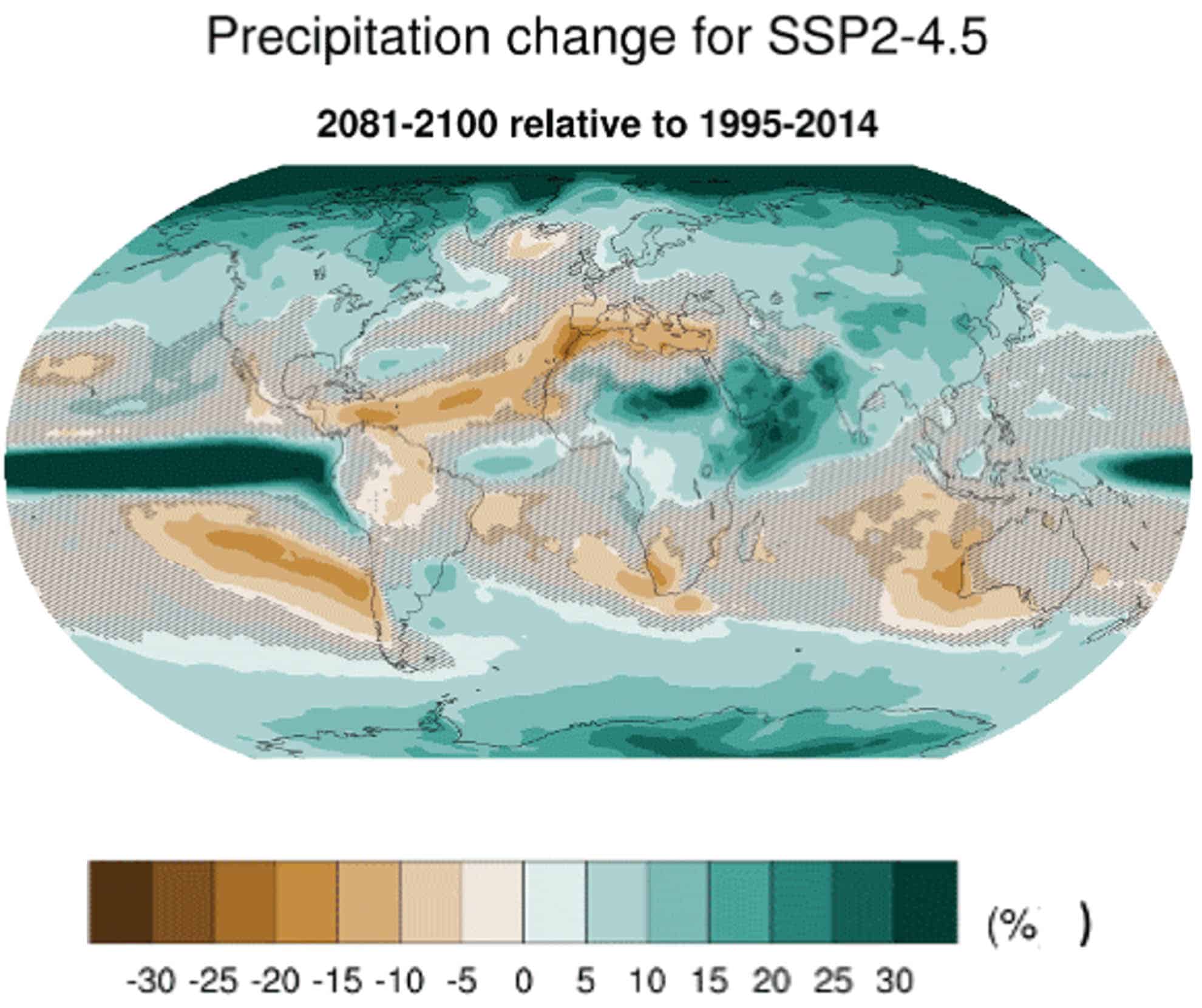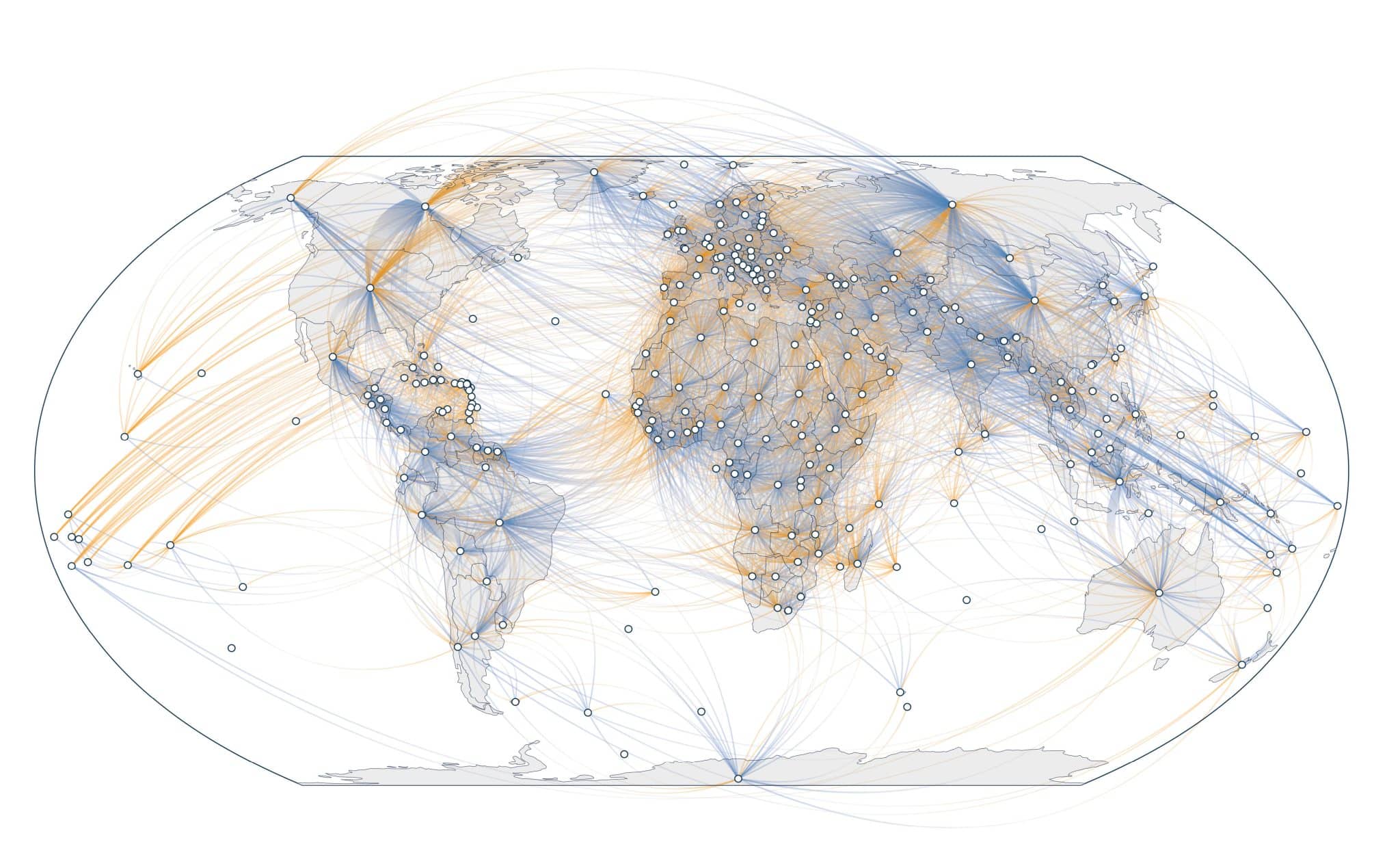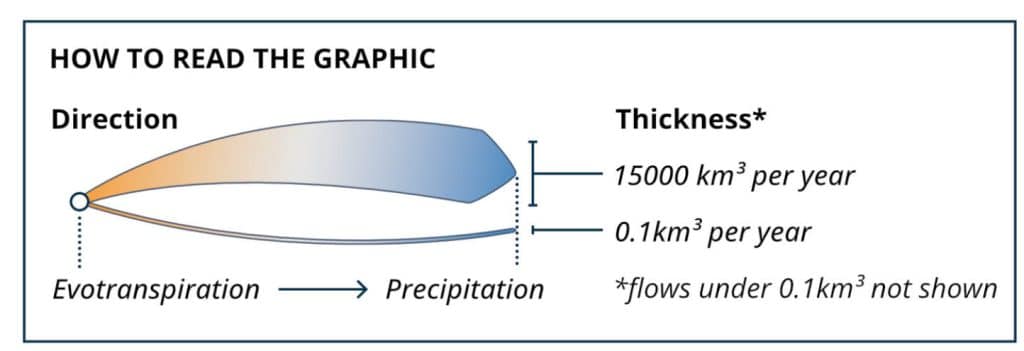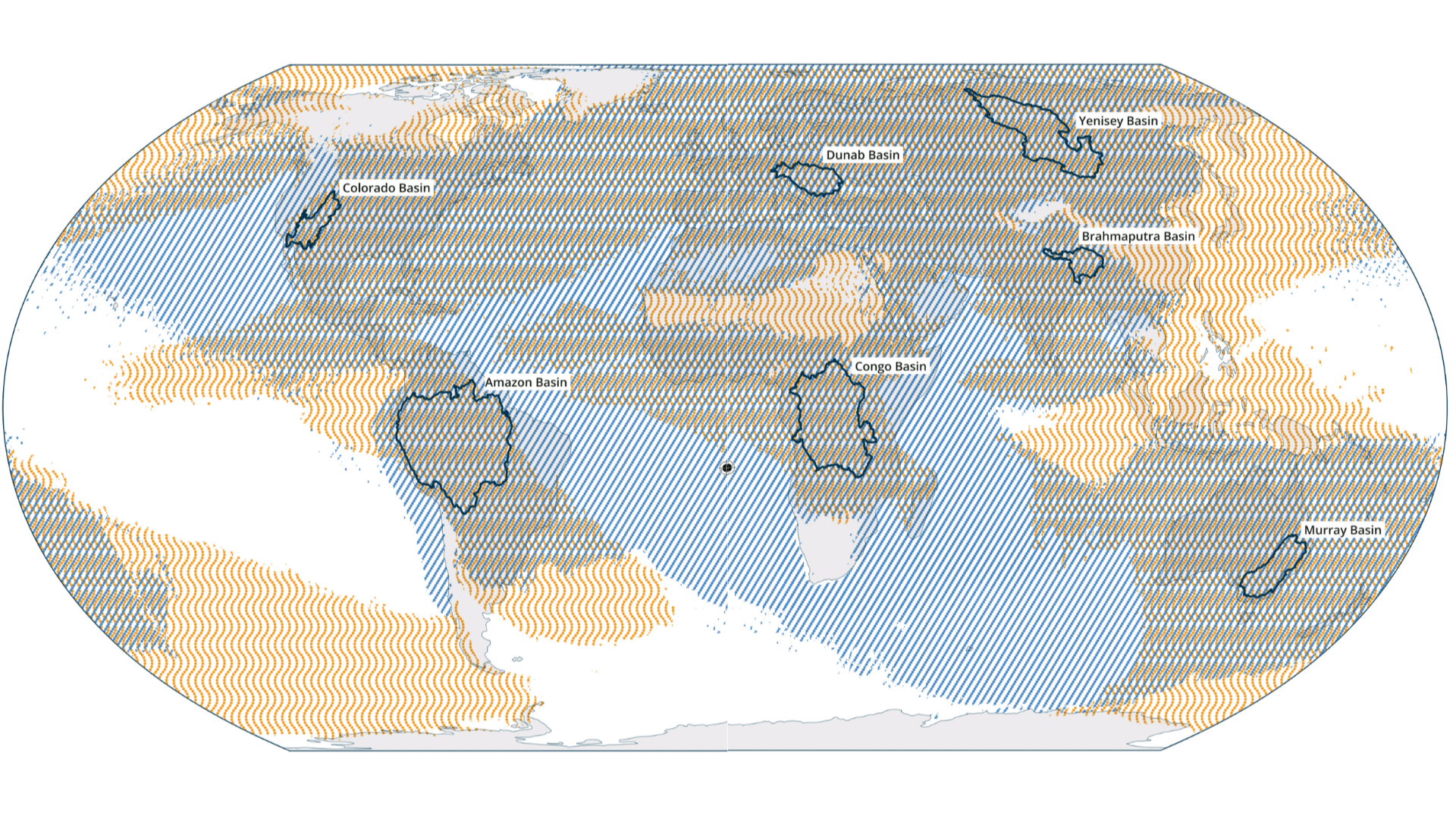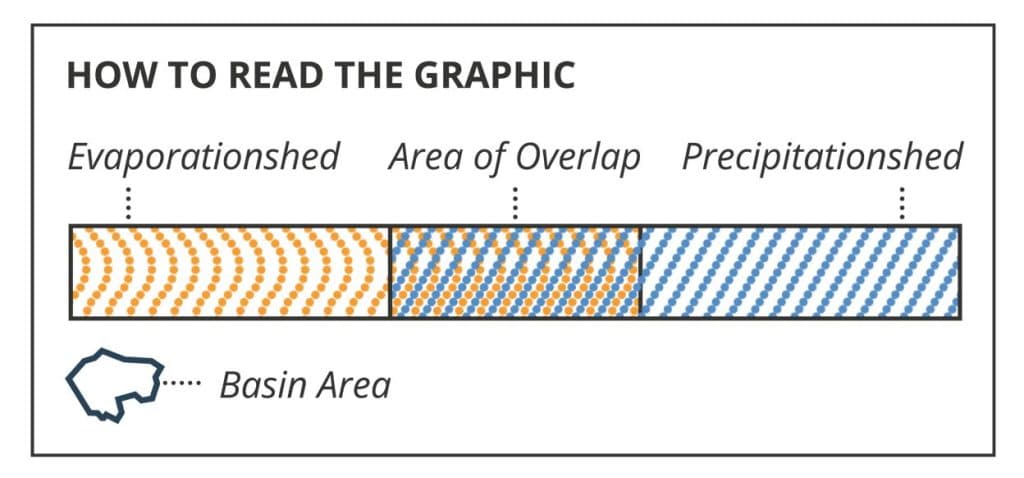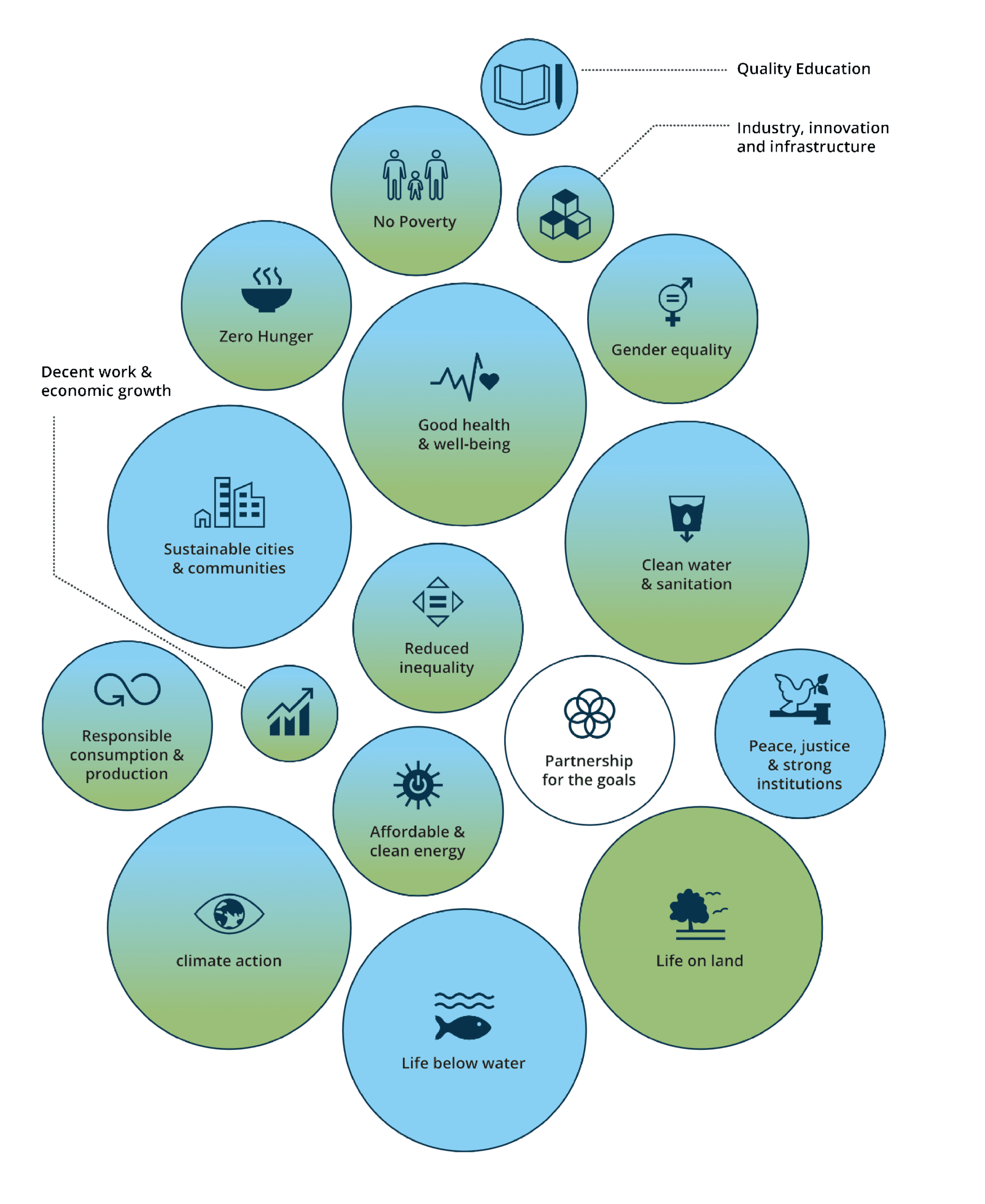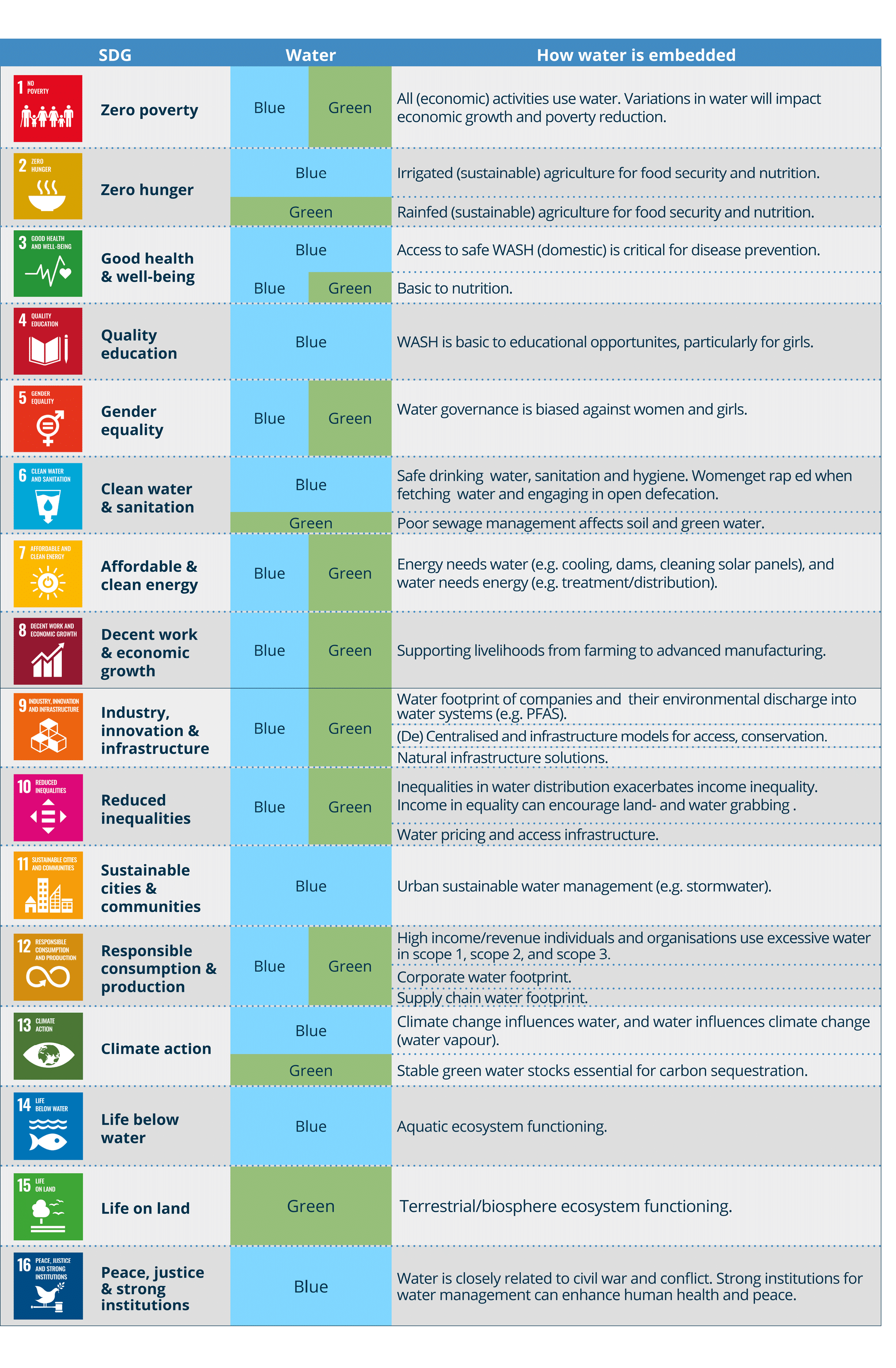Humanity is deep into the Anthropocene, with human actions as the main pressure on our planet, impacting the global hydrological cycle and freshwater availability around the world. But global water crises go well beyond human suffering from shocks like droughts and floods, or the growth in the number of people using unsafe and insufficient water. Almost half of the world’s population faces some degree of water scarcity, and freshwater will determine whether the United Nations (UN) Sustainable Development Goals (SDGs) are possible to achieve.
While we must address how to manage and allocate freshwater fairly and efficiently, science demonstrates two additional threats to human development. First, we are pushing the water cycle out of balance – beyond the natural bound of variability we have known for the last 12,000 years – changing precipitation patterns, which are the source of all freshwater. Climate change, deforestation, and loss of biodiversity are mutually reinforcing drivers of shifts in the stability of freshwater runoff flows and vapour fluxes, which in turn determine future rainfall.
Second, freshwater provides for the stability of environmental systems on land and thereby the global economy. Without freshwater, there can be no photosynthesis, no biomass (food or fibre) production, no biodiversity, and no land-based carbon sequestration. Further, landscapes tend to burn when they dry out, impacting humans and other species, and increasing greenhouse gas (GHG) emissions. In short, stable freshwater is a prerequisite for economic and ecological resilience at ecosystem, biome, and planetary scale. This makes water a systemic challenge requiring collective, global action and transformations in how freshwater is governed and managed.
We have overused and polluted water resources for generations, causing great injustices to people and other species. Surface water and groundwater bodies are managed as if they are local only and stable year after year, factoring in only natural variability based on historic data. This premise no longer holds. Under growing pressure from human activity, the hydrological cycle is increasingly out of balance in individual countries and regions and on a global scale.
Current approaches to water policy tend to deal with the “blue” water we can see – in rivers, lakes, and aquifers – largely overlooking “green” water – in soil, plants, and forests. Green water evaporates and transpires into the air and recycles through the atmosphere, generating around half of all rainfall on land, the source of all freshwater. Countries are thus connected not only through flows of blue water such as rivers, but also through atmospheric flows of moisture sourced from green water flows from land. We are failing to connect the feedback between land cover and rainfall generation as a critical component of the global hydrological cycle.
A stable supply of green water in soils is crucial to sustaining the natural land-based ecosystems which in turn absorb 25-30% of the carbon dioxide emitted from fossil-fuel combustion (Friedlingstein et al., 2023). This process represents one of the most significant ecosystem services to the global economy. Yet the loss of wetlands and soil moisture, and deforestation are depleting the planet’s carbon stores, with consequences for climate change. Rising temperatures trigger extreme heat waves and increase evaporative demand in the atmosphere, which dries landscapes and heightens the risk of wildfires.
The water crisis impacts virtually every one of the SDGs and threatens people everywhere. The challenge of producing enough food for a growing world population, accelerated spread of diseases, uninhabitable urban areas, and increased forced migration and conflicts are just a few of the predictable and unjust outcomes.
